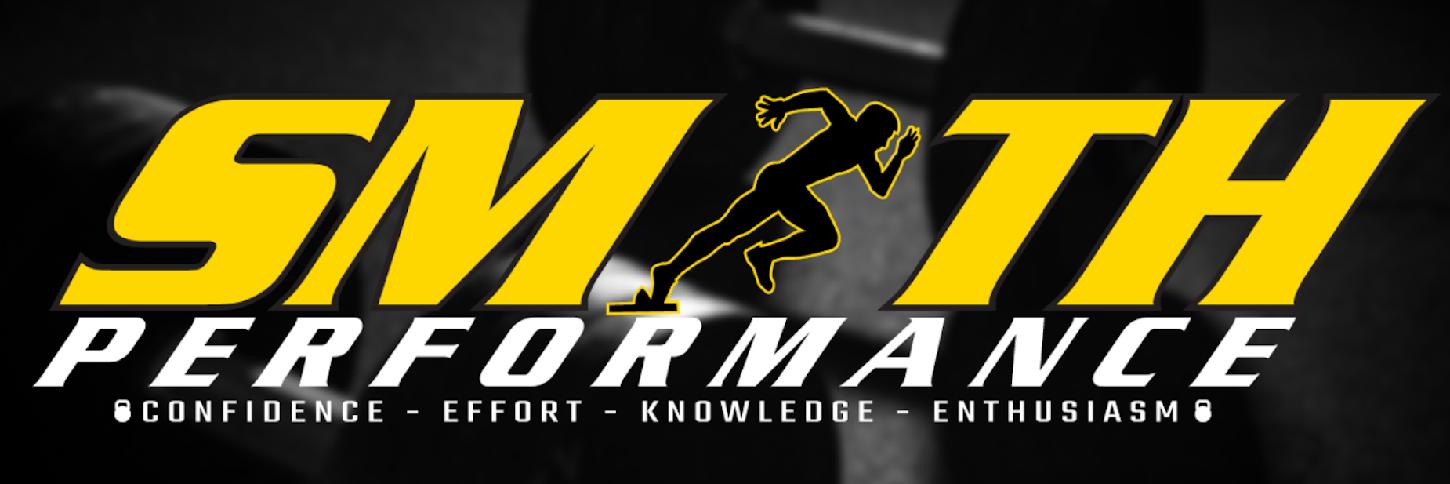Minnesota’s Jamison Battle scored 20 points in a 73-69 win against Western Kentucky.
B1G+ is the Big Ten Network's subscription video streaming service -- dedicated to in-depth coverage of America's most storied collegiate conference, the Big Ten Conference! Click here to get it today!
The Best Ways to Practice Dribbling
When we talk about basketball, there’s no need to describe dribbling. It’s the lifeblood of the sport; moving with the basketball isn’t possible unless the player in possession is dribbling.
Players learn how to properly dribble at a very, very young age. While a child’s motor skills develop, some of the simple concepts of dribbling aren’t instilled until later years.
For example, traveling and double dribbling – both violations of the rules when they are strictly enforced – don’t necessarily come easy to those learning how to play the game.
When players are young, there’s only one focus: get the ball in the basket, regardless of what it takes.
As players get older, dribbling and passing become the two functions of moving the ball on offense. While it’s not every player’s strong point, dribbling should be something in which everyone, even the big men or women, should be fluent.
It is the point guard’s responsibility to get the ball up the court every single play, which means dribbling the ball effectively is a large part of the position’s game. But dribbling isn’t always everyone’s favorite thing to practice.
But it has to be done, and there are plenty of players that take more pride in making the pass that leads to a pretty basket, or making a defender look silly with a great crossover move. Naturally, the best way to improve dribbling skills is to practice heavily. For those looking to improve, there are dozens of ways to do so, and all you need is a ball and some space.
Try These Dribbling Exercises
Start with the simple right-handed low dribble.
When a player is dribbling the ball, it’s always best to stay low with much of his or her body shielding the ball from the defender. So it’s important to do the same in practice to get familiar with the feeling.
Dribbles should be quick, short and with force. And a player should never be looking at the ball when dribbling – there are far more important things that should command their attention. A player needs to develop a feel for the ball and know where it’s going to be when he or she is dribbling.
Then switch to high bounces, using excessive force to pound the ball into the floor. The dribbles should come up to roughly the player’s shoulders. He or she wouldn’t dribble like that in a game, but the point here is getting used to the force that is exerted with each pounding dribble. It develops a type of coordination with the ball.
All drills should be done with both hands. Being ambidextrous with the ball is an essential part of the game. So incorporate crossover drills and, if you have access to them, set up some cones through which you can dribble. Being elusive with the ball in your hands is part of the job, and a good crossover move might be the most useful in a player’s arsenal of tricks. Two ball drills are a great way to work on being confident in dribbling with both hands.
Once a player gets the hang of basic dribbling, he or she can move on to more complicated drills that involve between-the-legs movement, behind-the-back drills, and everything in between.
There’s no shortage of ways to practice dribbling. The better a player is at handling the basketball, the easier time he or she will have out on the court. Being an adept dribbler leads to other stronger aspects as well.

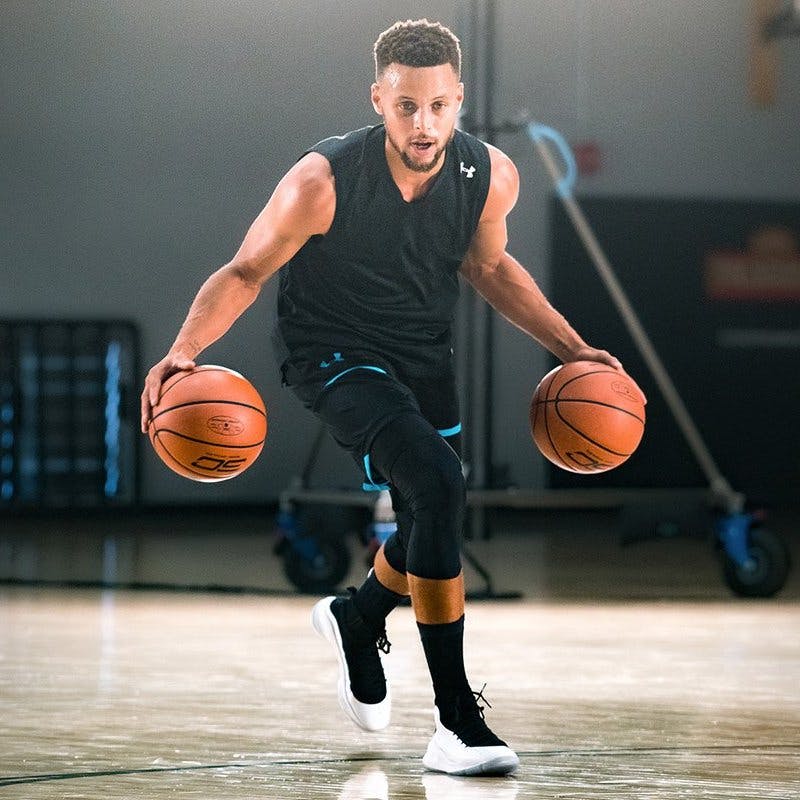



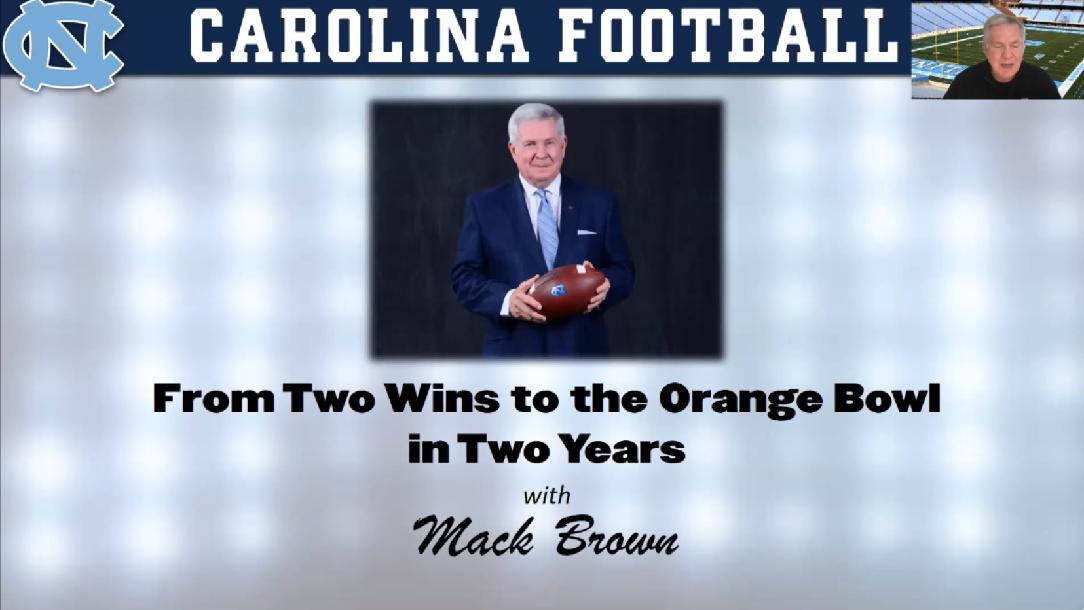
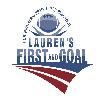


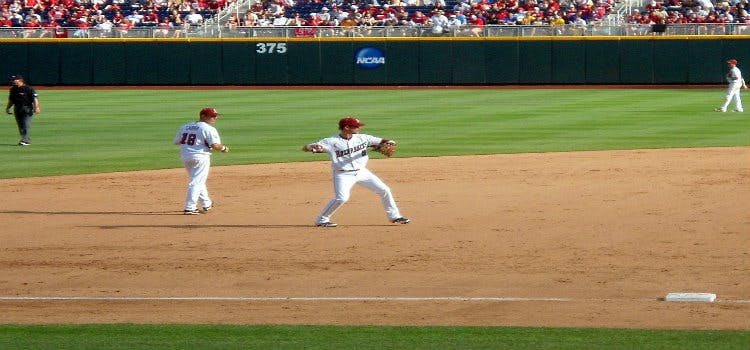



 “Over twenty years ago I was in a place called Mogadishu, Somalia for this whole ‘Black Hawk Down’ deal.
“Over twenty years ago I was in a place called Mogadishu, Somalia for this whole ‘Black Hawk Down’ deal.